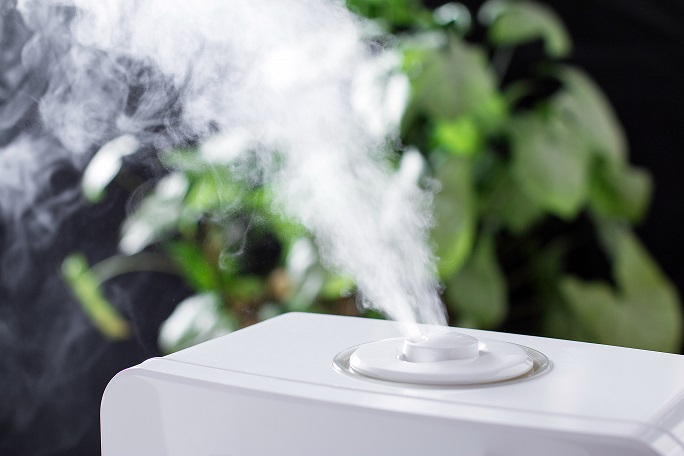7 Tips for Humidifier Use and Maintenance

May 11, 2021
When the air inside your home gets too dry, it can cause significant health and home problems. A humidifier increases the moisture level in your home to enhance your comfort and health. It can soothe health problems like a bloody nose, skin irritation, and sinus congestion.
However, you should use a humidifier cautiously and maintain it properly so that it can function effectively. High levels of humidity and dirty humidifiers can be detrimental. Learn seven tips to get the most of your humidifier.
1. Set the Right Humidity Level
The humidity level in the air varies from one region to another and depends on the season and weather. During cold winter months, humidity levels are low. Experts recommend setting your home's humidity level at 30 to 50%. Anything below or above this is harmful and can cause problems.
For example, low humidity causes health issues like itchy eyes, dry skin, and cracked lips. On the other hand, high humidity makes your home stuffy and offers a conducive environment for mold, mildew, and dust mites to thrive. It can also worsen respiratory conditions like asthma and COPD.
2. Place Your Humidifier Appropriately
Place your humidifier on a flat surface, out of reach from kids and pets and away from flammable objects and fire sources. Elevate it at least two feet off the ground and several feet away from the wall and furniture.
Position the unit in the middle of a room for fast and even humidification. If you place the humidifier on a non-waterproof surface, ensure you put a towel underneath to prevent furniture damage.
3. Use Distilled Water
While you may be tempted to use tap water for your humidifier, this is not advisable. Tap water contains minerals that can harm your humidifier by creating deposits and encouraging bacteria growth. When dispersed into the air, the minerals can be inhaled or end up on your furniture. Distilled water is better because it contains lower levels of minerals.
4. Clean the Unit Regularly
Dirty humidifiers can become a good breeding place for mold and bacteria. They can also cause problems for people who suffer from allergies and asthma. Subsequently, keep your humidifier clean and sterilized.
Start by unplugging the humidifier from its power source. Then, clean the tank using chlorine bleach, 3% hydrogen peroxide solution, white vinegar, or any other disinfectant the manufacturer recommends. Lastly, allow the inside surfaces to dry before you refill with clean water.
5. Change the Filter
Change the filter based on the manufacturer's recommended schedule. You wouldn't want the humidifier that should make your home healthier and more comfortable to start breeding mold and bacteria and realizing it in the air.
6. Store Your Humidifier Safely
At the end of the winter months, you may want to store your humidifier until the next season. Drain and clean the unit before storage and dispose of used filters or cartridges. Do not forget to clean the humidifier again when you need to use it.
7. Replace an Old Humidifier
As your humidifier ages, it becomes less efficient in supplying moisture to your home. It accumulates deposits that are hard to clean and promote bacteria growth. Therefore, for good indoor air quality, consider replacing an old unit.
Humidifying the air in your home can alleviate health problems like sinus congestion, skin irritation, asthma, bronchitis, and allergies. It can also promote the growth of indoor plants and prevent wood furniture and woodwork from cracking. Follow the best practices above to get the best out of your humidifier.
Contact Service 1 Plumbing, Heating and A/C, Inc., for humidifiers that deliver the desired humidity levels to your home. We have a variety of humidifiers to meet your unique needs.




